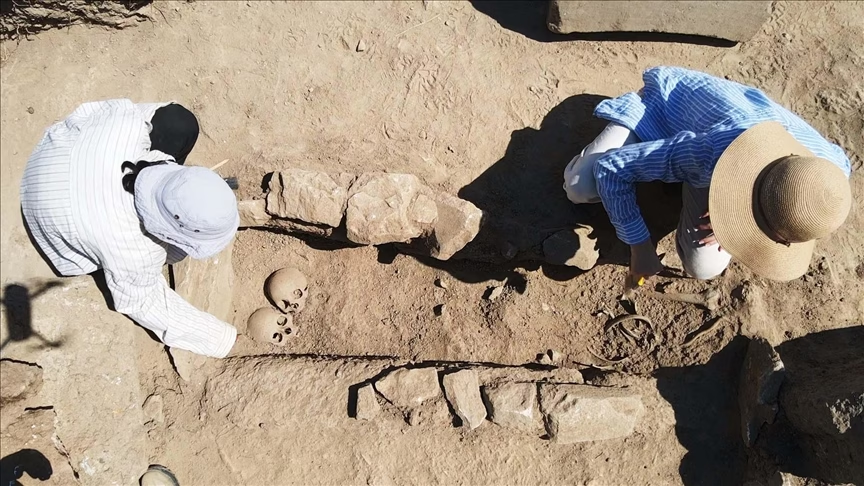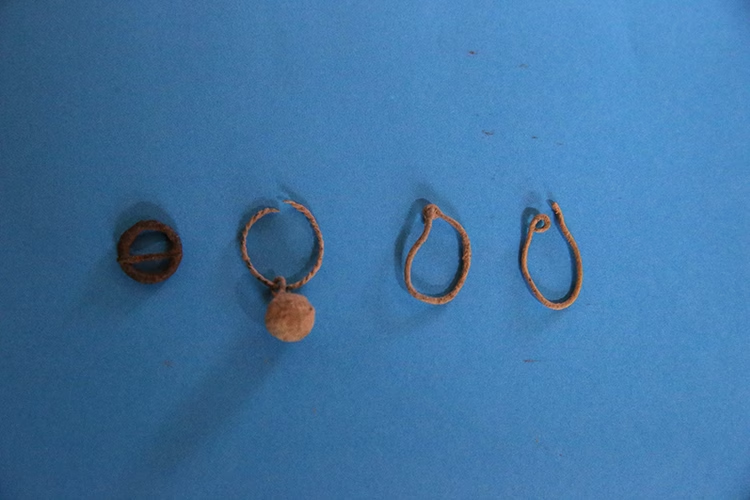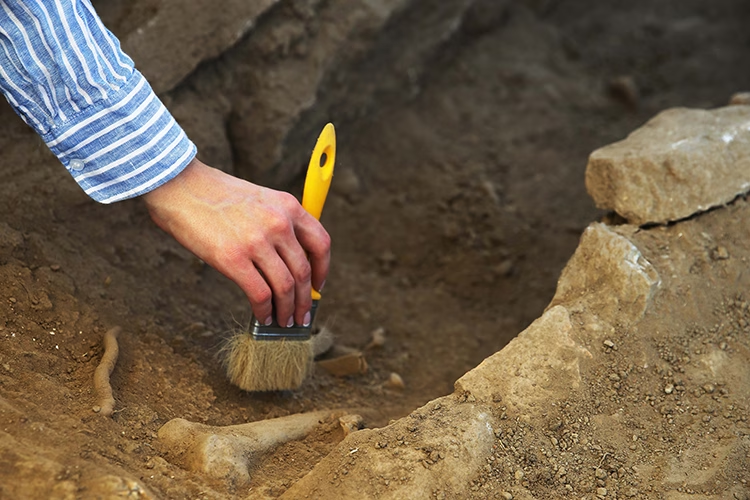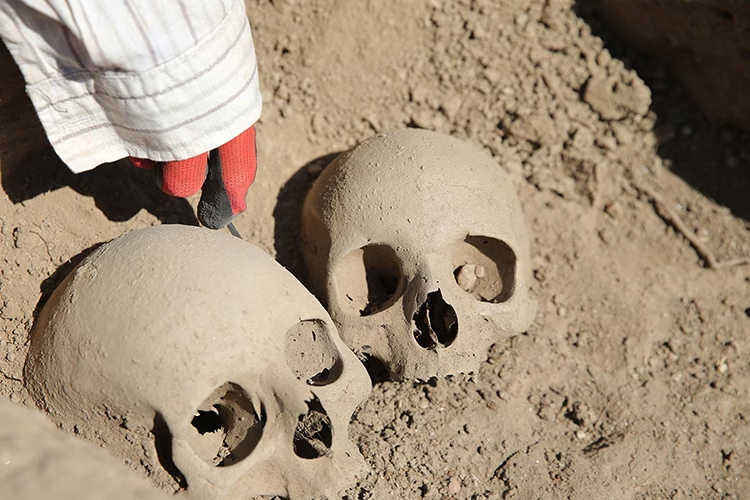Excavations in the ancient city of Herakleia, located in the Milas district of Muğla Province in southwestern Turkey, have revealed a significant number of child and adult graves from the Byzantine period. The findings suggest that the region may have experienced a historical epidemic.
According to a report featured in Anatolian Archaeology, ongoing archaeological excavations in Herakleia—an ancient city situated on the southern slopes of the Latmos Mountains—have uncovered striking burial sites dating back to the Byzantine era. In particular, graves clustered around a church structure have generated considerable interest in the archaeological community.

The excavations are led by Prof. Dr. Zeliha Gider Büyüközer, a faculty member at the Department of Archaeology at Selçuk University. She noted a high density of burials belonging to children aged between 0 and 14, which could indicate the spread of a contagious disease that disproportionately affected children during that time.
Prof. Dr. Büyüközer stated that excavations previously completed on a Roman-era bathhouse have now shifted focus to a church building known as the “Doric structure,” named for its use of Doric-style marble architectural elements. After the church fell out of use, the area to its north was repurposed as a necropolis.

“We discovered infant and child burials in the upper soil layers, and adult graves in the lower strata,” she explained. One striking aspect of the findings is the occurrence of double burials, where the bones of one individual were carefully repositioned to make room for another body interred in the same grave at a later time.

Additionally, some children’s graves contained funerary offerings and small items of jewelry typical of the Byzantine period. These artifacts provide valuable insights into burial customs and the funerary beliefs of the time.

The discoveries made at Herakleia are not only architecturally significant but also shed light on the health conditions and social structure of the Byzantine era. Prof. Dr. Büyüközer emphasized that the site continues to reveal a multi-layered historical narrative, contributing to a deeper understanding of life and death in ancient Anatolia.





